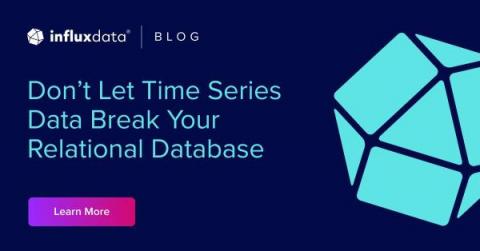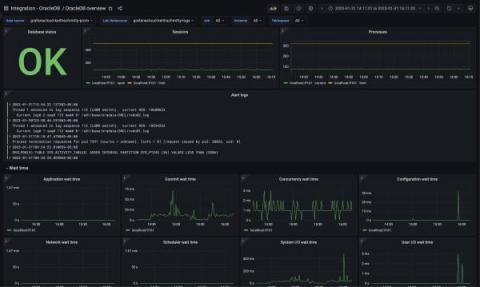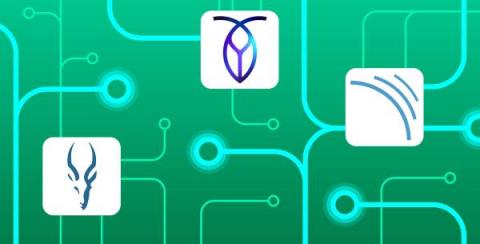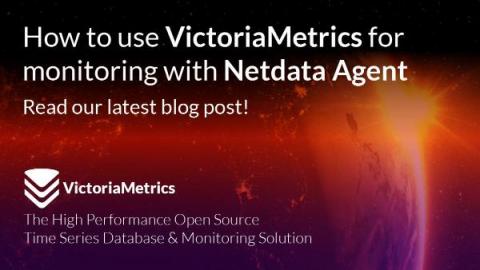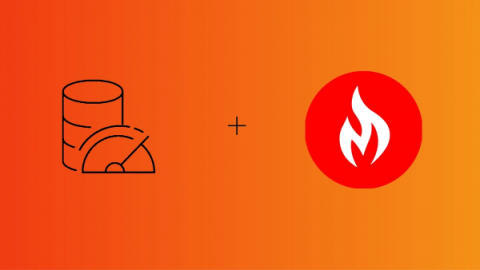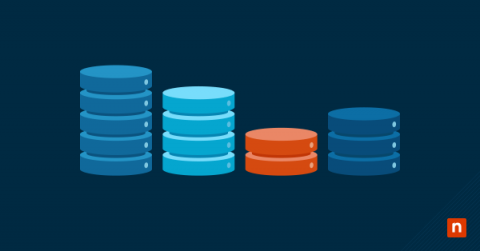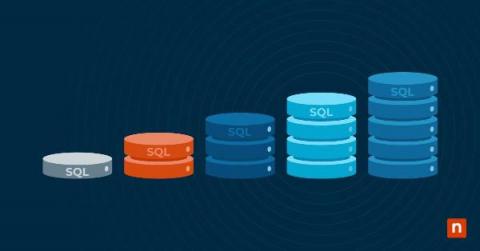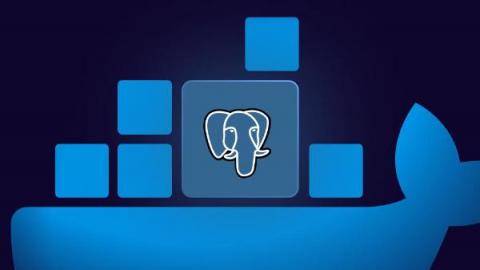Operations | Monitoring | ITSM | DevOps | Cloud
May 2023
Never-firing alerts: What they are and how to deal with them
Alerting is one of the main reasons for having a monitoring system. It is always better to be notified about an issue before an unhappy user or customer gets to you. For this, engineers build systems that would check for certain conditions all the time, day and night. And when the system detects an anomaly - it raises an alert. Monitoring could break, so engineers make it reliable. Monitoring could get overwhelmed, so engineers make it scalable. But what if monitoring was just poorly instructed?
How DevOps is shaping Financial Services #4: The rise of cybersecurity
Don't Let Time Series Data Break Your Relational Database
This article was originally published in The New Stack and is reposted here with permission. It’s tempting to stuff time series data into the familiar Postgres or MySQL database, but that’s a bad idea for many reasons. To the uninitiated or unfamiliar, time series data exhibits similar characteristics to relational data, but the two data types have some critical differences.
How to release value to customers faster, safer, easier
How to monitor Oracle Database with Grafana Cloud
Oracle Database is an enterprise multi-model database system capable of handling large amounts of data across multiple database servers with support for a wide variety of workloads. It’s a widely used and proven database software, so we are incredibly pleased to announce that it now has a dedicated cloud integration in Grafana Cloud. With the Oracle Database (OracleDB) integration, you can monitor your database’s performance with ease.
Datadog integration roundup: Apache Impala, CockroachDB, and more
At Datadog, we’re constantly developing new integrations to give you complete, end-to-end visibility into your entire system. Here are just a few of our latest releases.
How to use VictoriaMetrics for monitoring with Netdata Agent
Netdata Agent is an open-source monitoring agent capable of collecting metrics from various sources and visualizing them in real-time. It is able to discover and collect metrics with zero configuration, providing a quick and easy way to monitor systems.
Do you really know what's happening with your server estate?
How To Monitor MemoryDB with MetricFire
Memory databases are known for their ability to store and manage large volumes of data in memory. Their memory-based architecture allows users to quickly retrieve critical information and benefit from performant data reading. Thanks to these characteristics, businesses use memory databases for various applications that require prompt data access playing a vital role within their digital resources.
How To Backup and Restore a SQL Server Database
Currently, there are 212,633 companies that are using Microsoft SQL servers, and this number includes well-known enterprises, such as IBM and Oracle. SQL server databases store all kinds of data, and a significant amount of this data is critical for the performance and success of a business. To prevent data disasters, such as data theft, loss, or destruction, IT teams learn how to backup and restore SQL server databases.
7 SQL Server Backup Types You Need to Know
There are many different types of backup available for organizations to choose from to backup their critical data. Structured query language (SQL) server backups are an essential component of an organization’s backup strategy because it is responsible for copying either a portion of, or entire, databases and storing them in a separate location to protect the data. In this article, we’ll explore what SQL server backup is and the advantages of backing up your SQL server.
Observability-OSS vs Paid vs Managed OSS
The Reliability industry needs a managed, non-vendor lock-in answer to spiraling costs, high cardinality and the toil of managing a tsdb.
Running Postgres in Docker
So you want to spin up a Postgres database on your local machine, but you don't fancy having to install and manage everything manually? Running Postgres inside Docker is a great way to simplify the situation. It lets you: In this article I will explain how to do this step by step.





